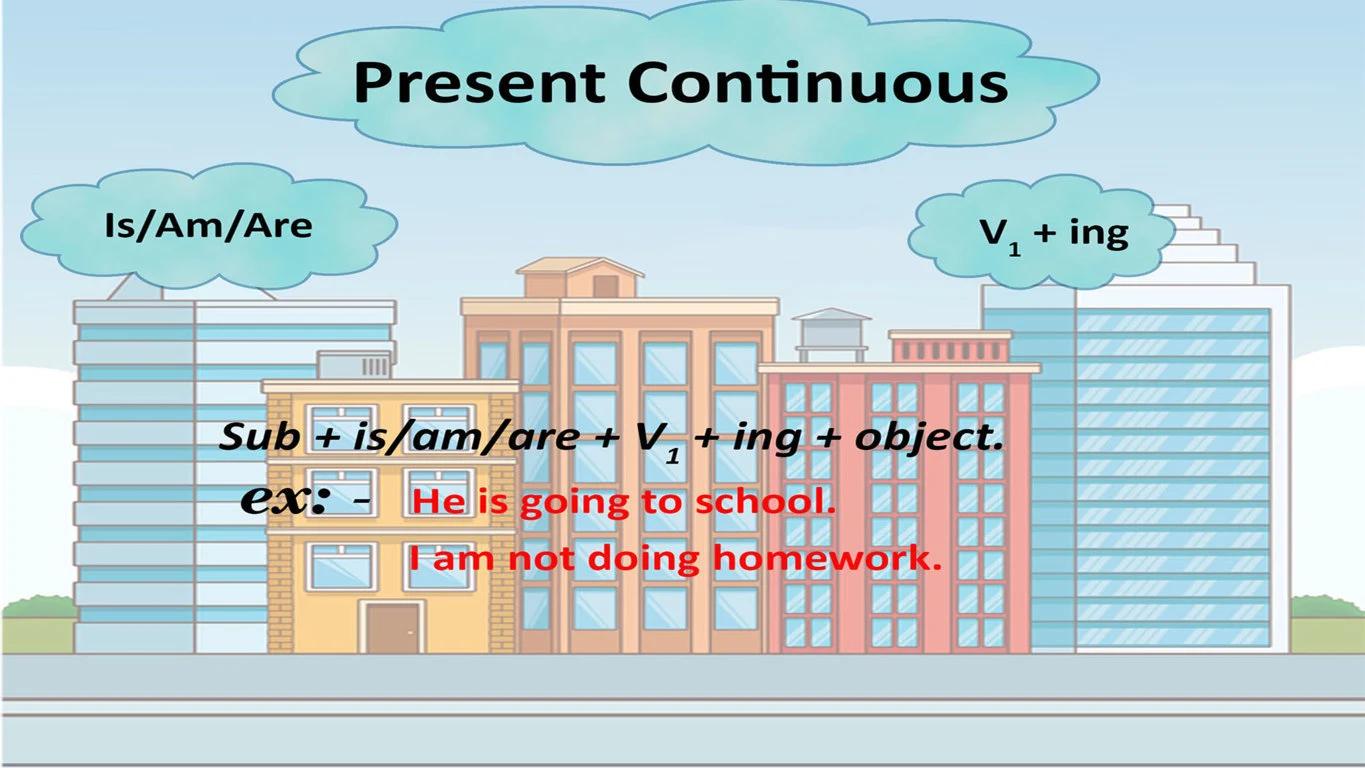As we know that Present Continuous is also a part of Tenses. This tense
is generally used for expressing all the feelings which are running in the current
time. Present Continuous can be easily understood with its own name,
where Present = Current
Time and Continuous = Unbroken.
We are familiar with the “Continuous” word.
Definition of Present Continuous can be understood as An action is incomplete or going
on at the time of speaking.
Learn Present Continuous In Hindi
This is so easy and simple way to
understand Tenses for every Hindi or non-Hindi speaker. But before going to Present Continuous Tense, make sure that you have at least basic
knowledge of Hindi to avail such an easy method. Speaking Hindi is not compulsory but
knowing it, will help you to learn Present Continuous.
Terms that are used by Present Continuous
and are mandatory to know or remember or learn. Those terms are mentioned
below: -
Is/Am/Are as helping verb
First form of Verb with ing or V4 –
as main verb
6 conditions
Sentences end with रहा हूँ, रही हूँ, रहा है, रही है, रहे हैं.
6 conditions
Simple –
Sub + is/am/are + V1 + ing
+ Object
e.g. You are learning English.
Negative –
Sub + is/am/are + not + V1
+ ing + Object
e.g. You are not learning English.
Interrogative –
Is/Am/Are + Sub + V1 + ing
+ Object?
e.g. Are you learning English?
Interrogative negative –
Is/Am/Are + Sub + not + V1
+ ing + Object?
e.g. Are you not learning English?
Double Interrogative –
W/H + is/am/are + Sub + V1
+ ing + Object?
e.g. Why are you learning English?
Double Interrogative negative –
W/H + is/am/are + Sub + not + V1
+ ing + Object?
e.g. Why are you not learning
English?
For brief and explained knowledge watch the video or
click here. Learn making Present Continuous Tense sentences in English within
few minutes by easy and simple trick.
Rules of Present Continuous Tense
·
To show an action which is running
at the same time of speaking
e.g.―
I’m going to the temple for worship.
·
To display a short-term action
which may not be really happening at the time of speaking.
e.g. ―
I’m preparing for the dance competition.
·
It also signifies future action or
a definite plan in the near future.
e.g. ―
He is coming to Delhi tomorrow.
·
When the situation is to a
particular fixed habit, present continuous is used instead of present
indefinite. An adverb like regularly, always, constantly, continuously, etc is
also used.
e.g. ―
It is no use of making him understand, he is always driving when he is denied.


